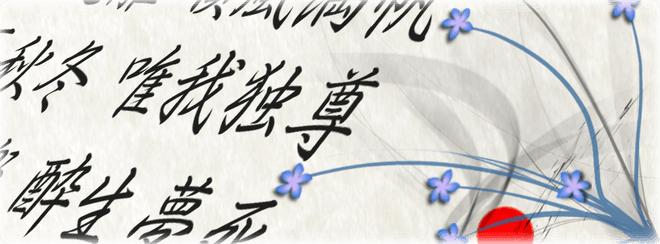300 Kanji in 30 Days — The Basics

We’re going to be using Remembering the Kanji by James W. Heisig.
While it wouldn’t hurt to actually buy the book, (and I suppose I should encourage you to in appreciation of Mr. Heisig’s work) you’ll actually only need to use the free sample edition:
Remembering the Kanji Sample, 6th Edition
Save a local copy of the PDF so you’ll have quick access to it later if necessary…it’ll probably be necessary.
It would be best for you to read the entire introduction in order to get the best understanding of how this method works.
It is a bit long though.
You should at least read:
- Forgetting Kanji, Remembering Kanji
- The Structure of this Book
- Admonitions
If you don’t feel like reading it all now, that’s okay. I’ll summarize it for you and you can go back and read the original if you happen to run into any trouble or just want to get a better understanding at a later point:
- There are too many kanji and they are too complex to memorize using visual memory alone — that is, simply trying to memorize what each one looks like.
- Instead, we should use imaginative memory — we should make up and associate an idea (or a story) with each kanji and remember the ideas — which should, in turn, help us to remember the characters we’ve associated with them.
- The ideas will be wholly personal to you and, thus, easier for you to remember
- At first, we’ll take the simplest forms (single lines, pairs of lines, boxes, etc.) and associate these primitive shapes (which we’ll call primitives from here on out) with simple ideas.
- Primitives might be single strokes, radicals, or even complete kanji that appear as a part of other kanji.
- We will combine these primitives into slightly more complex kanji and associate slightly more complex stories with them.
- We will continue on in this way, creating ever more complex stories and building up an ever more complex lexicon of characters we know.
- No special effort will need to be made to actually memorize the primitives; memorization will occur naturally by simply using the primitive shapes as you study each day.
- Each primitive and kanji will be assigned a keyword that can be used when creating your stories.
- Kanji will be studied in the order that is most efficient for memorization.
Got that? If not, just bite the bullet and read through the actual introduction yourself.
- You’ll note that in the introduction, Mr. Heisig specifically states that one should NOT worry about trying to read kanji (that is, one should NOT do the type of contextual study -reviewing words- that we’re going to do) and should focus only on understanding how to write them. I think that only goes for students brand new to studying Japanese. If you are brand new, stop reading this, buy his book and do it the way he says. It’s better. This method is for those that have already been studying Japanese for a while, already know some Japanese words, perhaps even already studied a few hundred kanji but forgot them and/or don’t know a good method for studying them and memorizing them permanently. With this method you’ll be associating words that you already know with the kanji you are studying as you memorize writing them. I believe doing so can help to reinforce memorization for the upper beginner to lower intermediate student of Japanese.
I think it may still not be quite clear at this point what exactly we’re going to be doing so let’s take a look at a simple example and go through it step-by-step.
Next: Kanji Koohii
